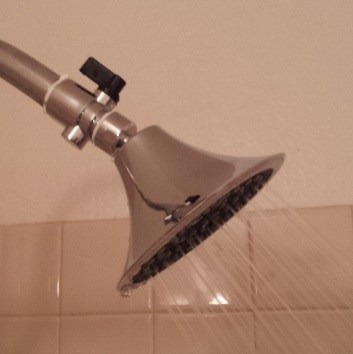It’s hard enough to conserve water and energy when you live alone. With a large family that includes children, conservation efforts can seem impossible. You can bathe your little ones with less water, but trying to get teenagers to take a shorter shower isn’t easy. Although the health benefits exist, good luck getting your family members to take a cold shower.
When it comes to saving water and energy, kids don’t have the sense of urgency adults do. It’s harder to train them into conservation habits, but with a reward-based strategy, you can make it work.
Create a reward system for your children
Motivate your kids to participate in conserving water and energy with age-appropriate rewards. Instead of handing out dollar bills to everyone, ask each person what kind of rewards they’d like. Create a system that delivers rewards on a weekly and monthly basis to keep their interest and commitment.
Make your rewards worthwhile
To get your family to go all-in on conservation, your rewards must be enticing. You can’t treat rewards like party favors grabbed at the last minute from the dollar store.
Younger kids will probably want something simple like a bicycle or the latest toy all their friends have. Teenagers will have more expensive taste in rewards. They’ll probably want music, video games, designer clothes, or electronic gadgets. Instead of turning down expensive reward requests, raise the stakes for them. For example, if your teenager wants a new iPad that costs $800, create a system where they can earn it incrementally.
To make an incrementally-earned reward system work, you’ve got to measure how much water or energy is being saved by each person. However, you don’t need to measure the exact amount – that would actually be impossible. All you need to do is keep a record of efforts performed by each person.
How to set up your reward system
First, assign each reward a point value. The more expensive the reward, the more points it should be assigned. For instance, you might assign that $800 iPad to be worth 800 points. Next, create a list of water-saving actions that will earn a set number of points. For example, skipping a shower earns 10 points. Taking a 3-minute-or-less shower earns 5 points. Not dirtying any dishes for a day earns 15 points. Limiting laundry to a personal maximum of 1 load per two weeks earns 20 points. You get the idea.
Once your kids get used to earning points for their efforts, that’s when innovation will be born and they’ll start looking for creative ways to save water and electricity. For instance, a crafty teenager might discover hot tub energy consumption can be reduced by lowering the temperature and installing a circuit timer or using other energy-saving components. That’s the kind of innovation worthy of 100 points, not because it saves the most energy but because it means your kids are developing their own sense of urgency to conserve.
Provide sound alternatives for conservation efforts
Be sure to provide ideas to replace whatever is sacrificed in the name of conservation. For example, not taking a shower for a week will earn plenty of points, but you don’t want your kids to stink. Teach them how to bathe in a way that gets them clean without having to use running water. You may also want to limit the number of showers they can skip each week.
The same logic applies to flushing the toilet. Toilets are the largest source of indoor water usage in American households. Older toilets can use up to 6 gallons per flush. Many people choose not to flush every time, but that doesn’t work for every household. For shared bathrooms, you may want to require flushing after each use, even though it uses more water. The best way to save water and keep your bathroom smelling fresh is to get a low-flow EPA WaterSense-certified toilet that uses between 1.28 and 1.6 gallons per flush.
When it comes to not dirtying any dishes for a whole day, make sure your family knows washing dishes by hand and sneaking them back into the cupboard doesn’t count as water conservation. A dishwasher cycle uses less water than hand washing your dishes – 6 gallons on average. However, the goal is to avoid washing dishes at all.
To maintain an eco-friendly approach to using paper plates, save your used plates in a plastic bin with an air-tight lid and use them as kindling in your fireplace or wood stove.
No conservation effort is too small
Conserving water and energy wherever you can may not seem like much in the moment, but all your efforts will have a cumulative effect. Combined with a reward system, your kids will develop a sense of pride knowing they’re doing their part to preserve and protect the planet.
This article is sponsored by Wood Furnaces; image from Green Living Ideas, used with permission
